I’ve been on more than 100 river cruises – these are nine of my favourites

River cruising has taken me across five continents and through countless countries over the past 15 years. I’ve watched sunsets from the deck of a traditional sampan on the Mekong and sipped wine while sailing past German castles on the Rhine.
After more than 100 river journeys, I’ve developed a keen sense for what makes a waterway special. Here are nine river cruises that left me with memories I’ll treasure forever.
1. The Magical Nile Through Ancient Egypt
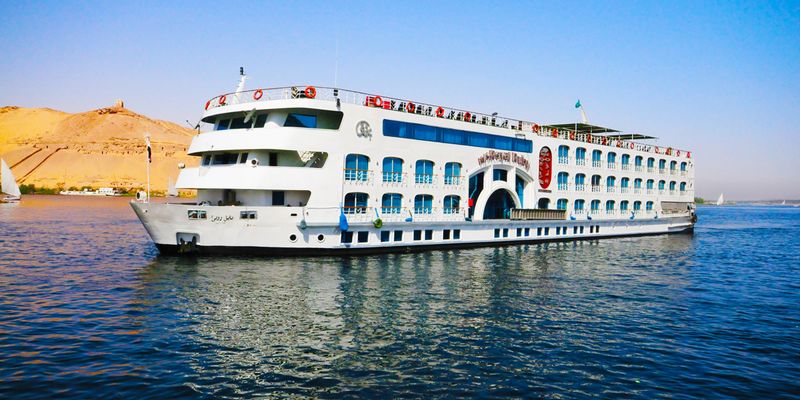
Sailing the Nile feels like traveling back in time. My journey from Luxor to Aswan revealed temples and tombs that have stood for over 3,000 years, their hieroglyphs still telling stories of pharaohs and gods.
Early mornings on deck were my favorite – watching farmers tend fields using methods unchanged since the time of the pharaohs, while the desert glowed gold in the distance. The contrast between lush riverbanks and harsh desert just steps away never ceased to amaze me.
When we stopped at Edfu Temple, our guide explained how this perfectly preserved monument survived when others crumbled. I remember touching walls that countless hands had touched over millennia, feeling a connection to history impossible to experience anywhere else.
2. Amazon Adventures in Peru’s Rainforest
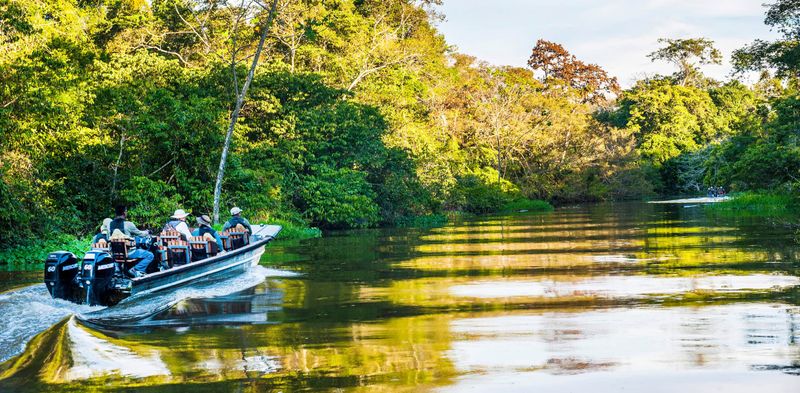
Pink dolphins played alongside our small expedition boat as we ventured deep into the Peruvian Amazon. Unlike ocean cruising, this journey brought me face-to-face with one of Earth’s most incredible ecosystems – sometimes literally, when curious monkeys peered at us from overhanging branches.
My cabin’s floor-to-ceiling windows meant waking to misty mornings with birdsong as my alarm clock. Daily excursions took us fishing for piranhas (less scary than they sound), spotting sloths high in ceiba trees, and visiting remote villages where children practiced English with us.
Did you know the Amazon produces 20% of Earth’s oxygen? Our naturalist guide Carlos shared this fact during a night excursion when we spotted caimans, their eyes glowing red in our flashlight beams.
3. Danube Delights Through Eastern Europe

If you’re seeking a perfect blend of history, culture and stunning landscapes, the Lower Danube can’t be beaten. My journey from Budapest to the Black Sea took me through Hungary, Croatia, Serbia, Bulgaria, and Romania – five countries in just eight days!
Passing through the Iron Gates gorge stands out as a highlight. These massive limestone cliffs create a natural border between Serbia and Romania, with ancient Roman carvings still visible along the shoreline. Our captain slowed the ship so we could fully appreciate the dramatic scenery.
The surprises continued in Bulgaria’s Veliko Tarnovo, where we explored a medieval fortress before being welcomed into a local home. The grandmother taught us to make banitsa (cheese pastry) while sharing stories of life during Communist times – history lessons no textbook could provide.
4. Mekong Memories in Vietnam and Cambodia
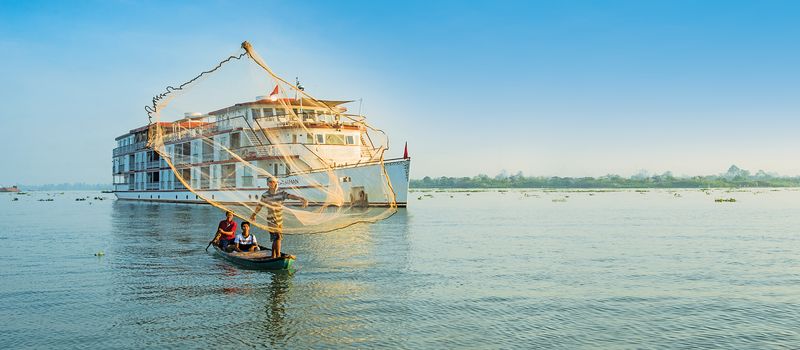
Morning mist hung over the Mekong as our small ship glided past floating markets where vendors tossed fresh fruit onto our deck. The river serves as highway, grocery store, bathtub and playground for millions of people in Vietnam and Cambodia.
Children waved from stilted houses while their mothers washed clothes in the same coffee-colored waters where their fathers cast fishing nets. Our ship’s shallow draft allowed us to explore narrow tributaries that larger vessels can’t reach, revealing a way of life unchanged for centuries.
The stark contrast between Vietnam’s bustling Delta and Cambodia’s quieter riverside villages told the story of two countries still recovering from difficult histories. Yet everywhere we went, warm smiles greeted us – proving that the Mekong’s greatest treasure isn’t its famous temples, but its resilient people.
5. Rhine Romance Through Germany’s Castle Country
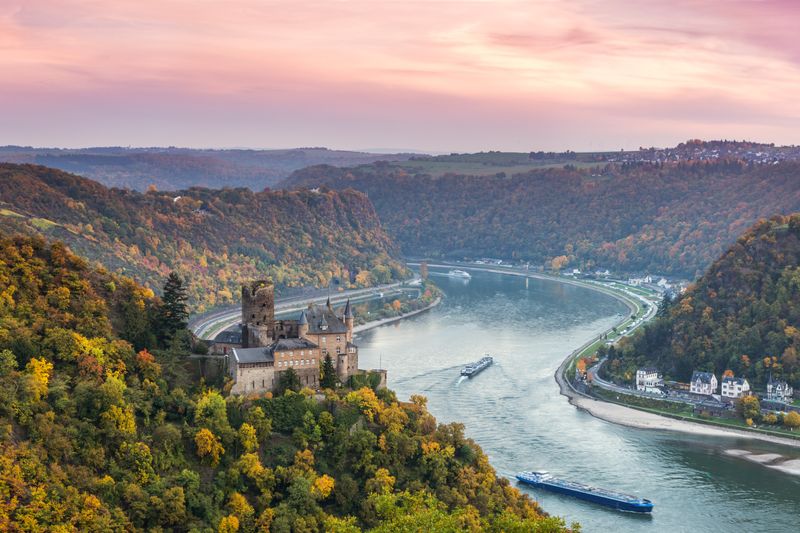
Legends come alive along the Middle Rhine, where more than 40 castles perch on cliffs above vineyard-covered slopes. My autumn cruise coincided with harvest season, adding golden hues to an already magical landscape.
Each bend in the river revealed another fortress with stories of knights, princesses and the notorious robber barons who once demanded tolls from passing ships. Our onboard historian pointed out the famous Lorelei Rock, where a mythical siren supposedly lured sailors to their doom with her enchanting songs.
Evenings meant strolling through half-timbered towns like Rüdesheim, where narrow lanes led to cozy wine taverns. I’ll never forget tasting eiswein (ice wine) made from grapes harvested while frozen on the vine – a sweet finish to days spent sailing through what feels like the pages of a fairytale.
6. Columbia River Journey Through the Pacific Northwest
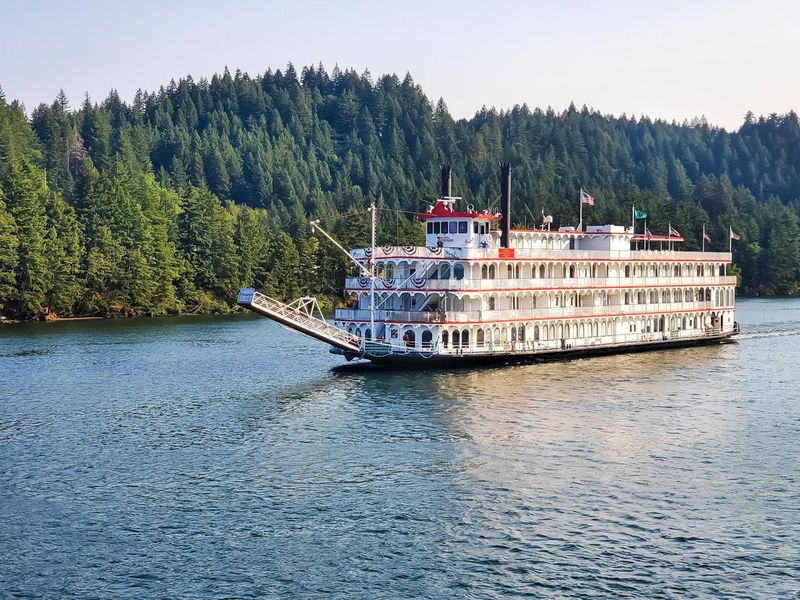
The Columbia River Gorge carved its way through the Cascade Mountains, creating a natural highway that Lewis and Clark followed to the Pacific. My late September cruise showcased dramatic landscapes where waterfalls plunged from basalt cliffs straight into the river.
This journey offered something rare in river cruising – wilderness. We spotted bald eagles soaring above pine forests and even glimpsed a black bear fishing along a tributary. The human history proved equally fascinating, from Native American fishing platforms still in use to massive hydroelectric dams that transformed the American West.
Wine enthusiasts will appreciate stops in Washington’s emerging wine regions. I remember sipping crisp Riesling at a small family winery overlooking the river, the vintner explaining how the gorge’s unique microclimate creates perfect conditions for cool-climate grapes.
7. Douro Discovery in Portugal’s Wine Country
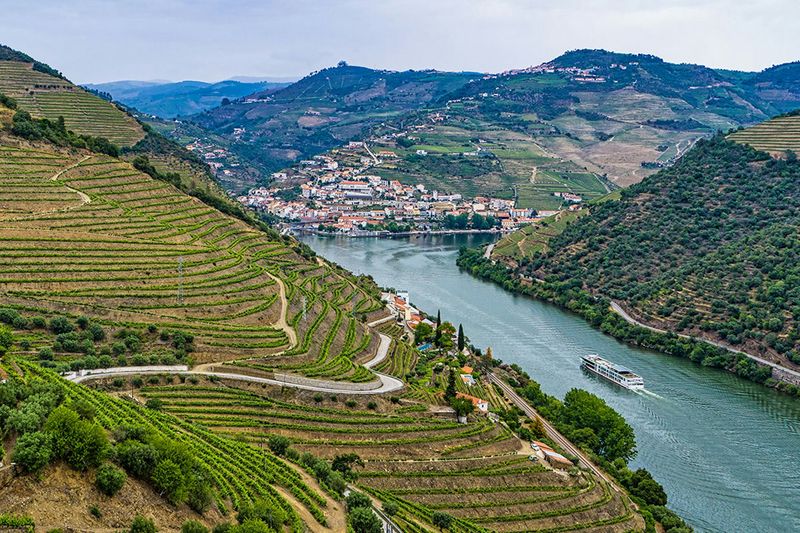
Portugal’s Douro River winds through a valley so steep that vineyards climb like staircases up impossible slopes. I watched in awe as farmers worked these terraced fields by hand – the terrain too vertical for machines in many places.
The Douro was once dangerous, with rapids and rocks claiming many vessels. Today, a series of dams has tamed the river, though remnants of ancient rabelo boats (used to transport port wine barrels) still sail these waters.
Our ship navigated through massive locks, sometimes rising nearly 100 feet – an engineering marvel that left passengers speechless.
When we visited a family-owned quinta (wine estate), the owner’s 90-year-old mother insisted on showing us how she still crushes grapes by foot during harvest. Her passion for traditions passed through generations matched the timeless quality of the valley itself – now rightfully recognized as a UNESCO World Heritage site.
8. Irrawaddy Insights in Mysterious Myanmar
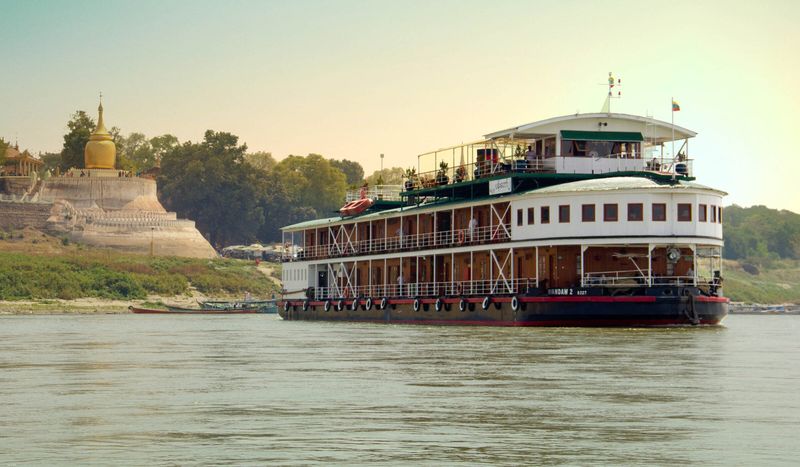
Monks in saffron robes collected morning alms along the Irrawaddy’s banks as our ship navigated what feels like one of the last frontiers in river cruising. Myanmar (formerly Burma) remained isolated for decades, preserving traditions that have disappeared elsewhere in Southeast Asia.
The river itself seems frozen in time – wooden boats powered by single-cylinder engines transport everything from rice to motorcycles between villages where electricity remains a luxury.
I’ll never forget watching a sunset behind the silhouettes of over 2,000 ancient temples scattered across Bagan’s plains – a sight that rivals any wonder I’ve seen worldwide.
When we visited a school supported by our cruise line, children performed traditional dances before teaching us their playground games. Their laughter bridged any language barriers, creating connections that transcended our brief visit to this extraordinary country still finding its place in the modern world.
9. Mississippi Majesty from New Orleans to Memphis
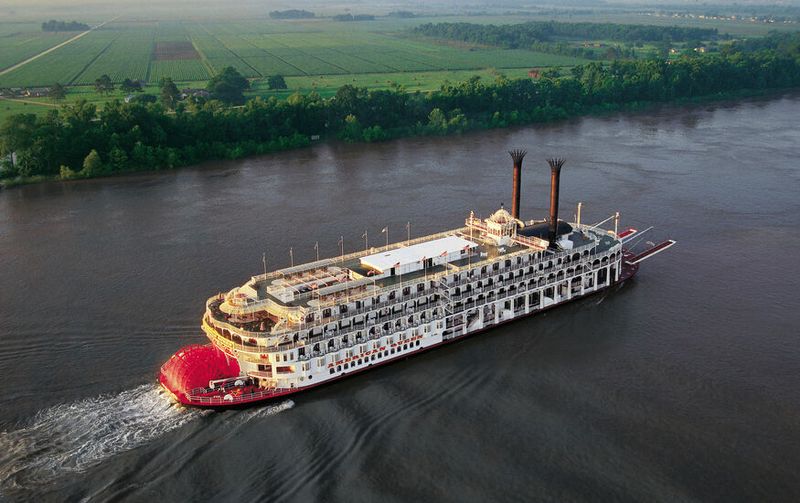
Mark Twain would recognize much of the Mississippi River landscape I sailed through on a paddlewheeler journey from New Orleans to Memphis. Massive oak trees draped with Spanish moss line shores where historic plantations tell complicated stories of America’s past.
The river itself commands respect – wide, powerful, and constantly changing. Our captain pointed out navigation challenges that have remained since Twain’s steamboat days, though modern technology has made journeys safer.
Small river towns welcomed us with southern hospitality, local guides sharing stories passed through generations. Music became the soundtrack of our journey – from New Orleans jazz to Memphis blues.
I remember sitting on the top deck one evening as we approached Natchez, listening to the calliope (steam organ) play while watching the sunset paint the river gold. That moment captured the timeless charm of America’s greatest waterway.
